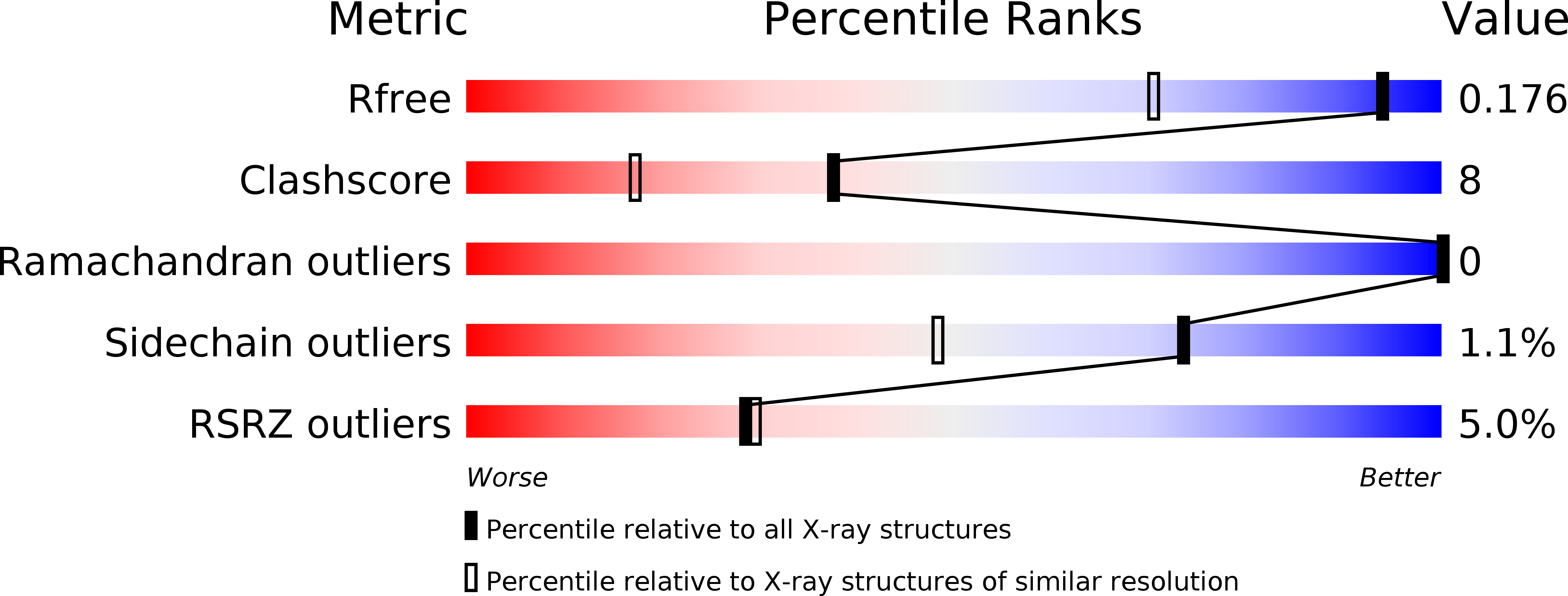
Deposition Date
2014-04-16
Release Date
2015-10-14
Last Version Date
2024-11-06
Entry Detail
PDB ID:
4Q56
Keywords:
Title:
Structure of Helix aspersa agglutinin with natural glycosylation and N-acetyl-alpha-D-galactosamine (GalNAc)
Biological Source:
Source Organism:
Helix aspersa (Taxon ID: 6535)
Method Details:
Experimental Method:
Resolution:
1.38 Å
R-Value Free:
0.16
R-Value Work:
0.13
R-Value Observed:
0.13
Space Group:
H 3 2


